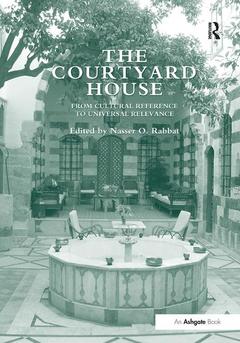Description
The Courtyard House
From Cultural Reference to Universal Relevance
Language: English
Subjects for The Courtyard House:
Keywords
Courtyard House; Urban Courtyard Houses; traditional; Jami Mosque; urban; Sri Lankan Architecture; houses; Traditional Courtyard House; type; Chief Black Eunuch; Jateen Lad; Valide Sultan; Asiya Chowdhury; Courtyard House Type; Marcus Schadl; Courtyard Architecture; Manu P; Sobti; Wind Catchers; Alfred B; Hwangbo; Courtyard Type; Monique Eleb; Carriage Gate; Anoma Pieris; Courtyard Buildings; John S; Reynolds; Lane’s Description; Rafi Samizay; Wooden Lock; Reinhard Goethert; Lane’s Account; Hashim Sarkis; Single Household Units; Wael Al-Masri; Feng Shui; Kevin Mitchell; Contemporary Kuwait; Spanish Colonial Cities; Courtyard Form; American Style Houses; Afghan Amirs; Iron Gates; Inviolate Sanctuary
Publication date: 08-2010
Support: Print on demand
Publication date: 09-2016
· 17.4x24.6 cm · Paperback
Description
/li>Contents
/li>Biography
/li>




